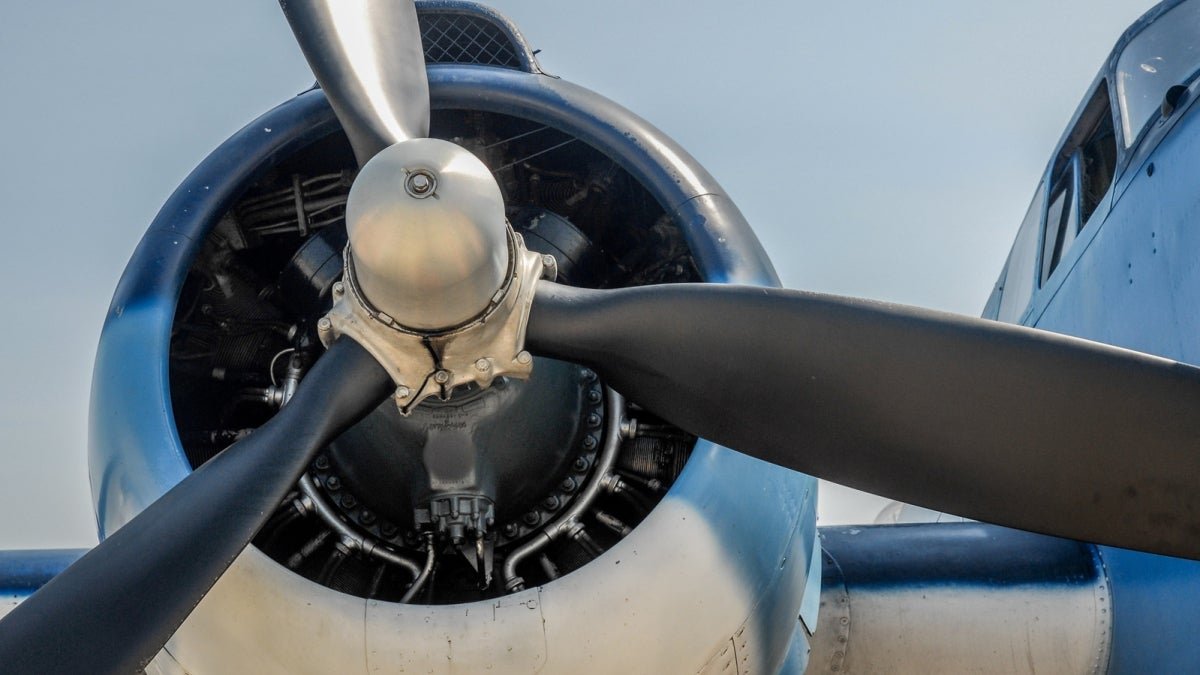A new process to stabilize metals at the nano level has the potential to create faster, more efficient turbines, feasibly improving everything from war planes to dams to ship engines.
A team of researchers including scientists from Arizona State University created a process that resulted in a super-strong nanocrystalline alloy, which resists deformation over long-term use.
“This process is revolutionary,” said Kiran Solanki, an associate professor in the School for Engineering of Matter, Transport, and Energy (Ira A. Fulton Schools of Engineering), one of the paper’s co-authors.
For the past half century, researchers have been working to make stronger materials. An aircraft flies by its engine. To make an aircraft fly faster, the engine turbines need to spin faster, or to produce more revolutions per minute. Nanocrystalline alloys are super-strong, but when engines run fast and hot, eventually the metal becomes deformed over time, or “creeps.” But the new process results in an alloy that resists deformation.
The process, invented by Solanki and colleagues at the Army Research Laboratory and the University of North Texas, stabilized a copper alloy at a micro level.
“These materials can last in high temperatures,” Solanki said. “If they last longer, and the temperature is high, every increment improves the efficiency of the engine.”
Using the new process, operating temperatures can be increased, fuel efficiency boosted, and the machine’s carbon footprint reduced. While no one uses copper for load-bearing applications like aircraft, “this technology can apply to any other materials,” Solanki said. “Anything where you have a power conversion.”
Advances in materials nanotechnology — manipulating matter on an atomic or molecular scale — made the process possible.
“For the last 20 years they thought this would never work,” Solanki said.
According to the paper’s authors, published last week in the journal Nature, the rate at which creep occurred in the alloy was six to eight orders of magnitude lower than in most other nanocrystalline metals — a spectacular improvement in durability.
“Now the question is, can we take this process and apply it to other materials?” Solanki said.
Two members of Solanki’s lab team, postdoc Mehul Bhatia and doctoral candidate Mansa Rajagopalan, were corresponding authors on the paper.
Top photo courtesy of freeimages.com.
More Science and technology

Indigenous geneticists build unprecedented research community at ASU
When Krystal Tsosie (Diné) was an undergraduate at Arizona State University, there were no Indigenous faculty she could look to in any science department. In 2022, after getting her PhD in genomics…

Pioneering professor of cultural evolution pens essays for leading academic journals
When Robert Boyd wrote his 1985 book “Culture and the Evolutionary Process,” cultural evolution was not considered a true scientific topic. But over the past half-century, human culture and cultural…

Lucy's lasting legacy: Donald Johanson reflects on the discovery of a lifetime
Fifty years ago, in the dusty hills of Hadar, Ethiopia, a young paleoanthropologist, Donald Johanson, discovered what would become one of the most famous fossil skeletons of our lifetime — the 3.2…
